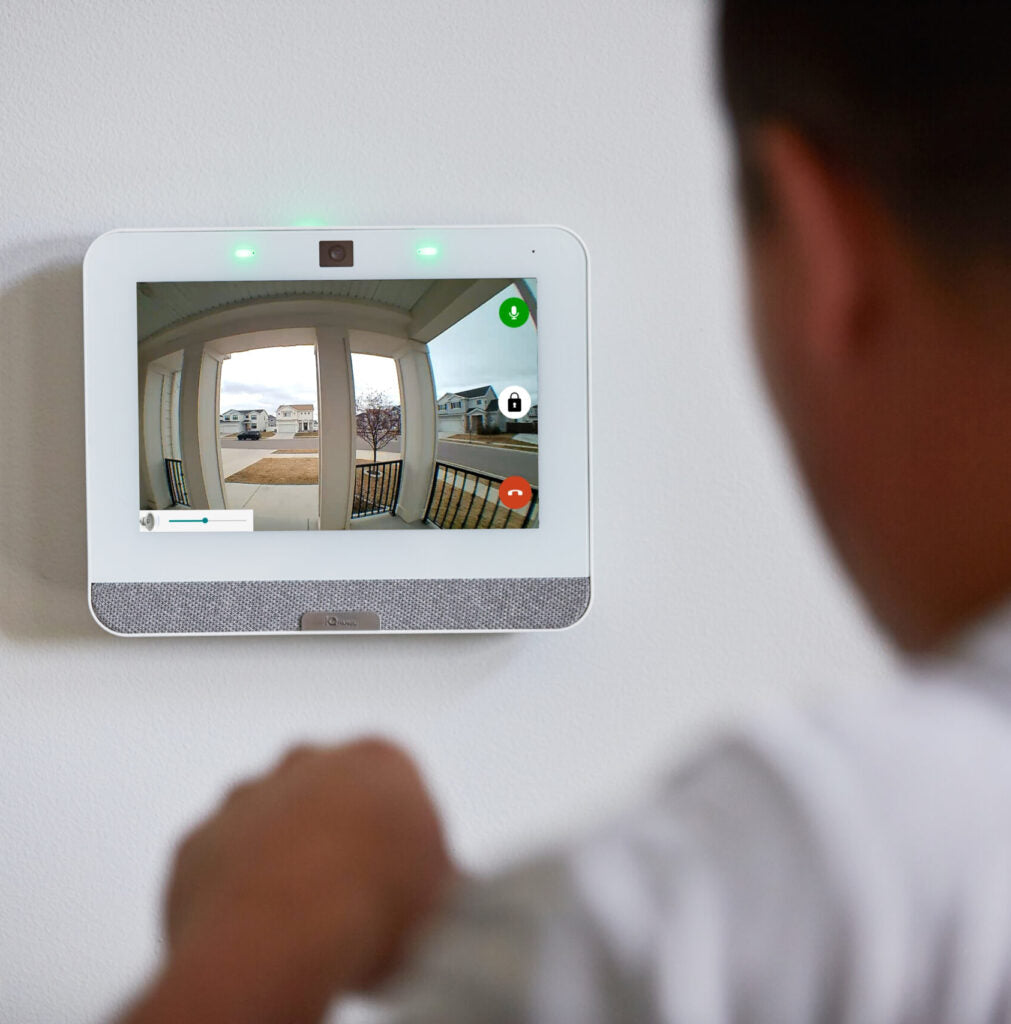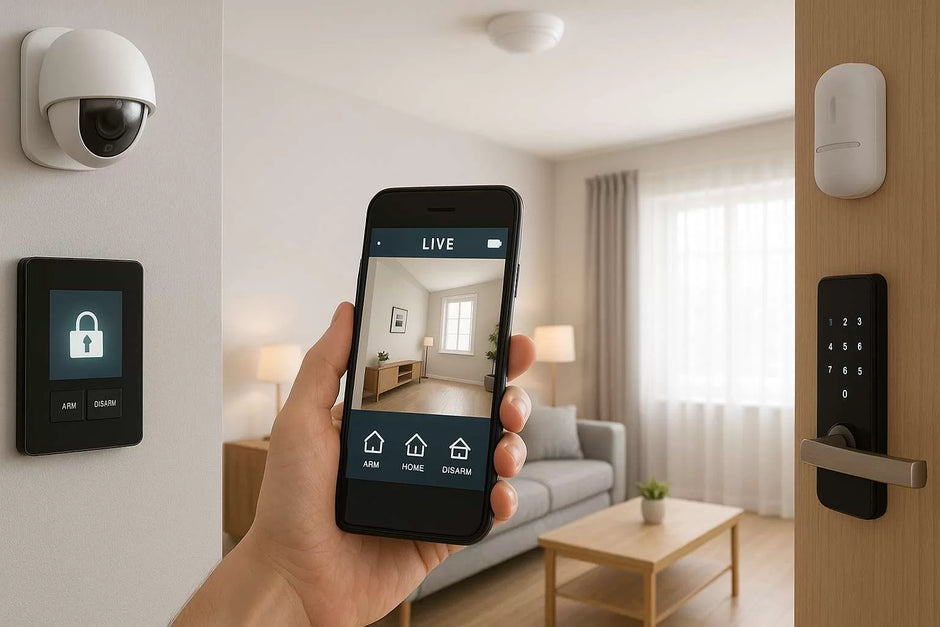5 Features That Make Modern Security Systems Smarter
In today’s hyper-connected world, security systems have evolved far beyond basic alarms and surveillance cameras. Thanks to advancements in technology, modern security solutions are not only more efficient but also significantly smarter. Whether for homes or businesses, smart security systems now leverage artificial intelligence, real-time data, and seamless connectivity to offer enhanced protection and convenience. Here are five key features that make modern security systems smarter than ever before:
1. AI-Powered Surveillance
Artificial intelligence is revolutionizing video surveillance. Smart security cameras now use AI algorithms to distinguish between people, animals, vehicles, and other objects. Instead of simply recording footage, these systems can identify suspicious activity, detect intruders, and even reduce false alarms by ignoring harmless motion—like a passing cat or rustling leaves. Some systems also offer facial recognition to identify known individuals and flag unknown visitors.
2. Real-Time Mobile Alerts and Remote Access
Gone are the days of discovering a security breach hours after it happened. Today’s systems send real-time alerts directly to your smartphone, tablet, or smartwatch. Through companion apps, users can monitor live feeds, control devices, and respond to incidents from virtually anywhere. This level of accessibility ensures faster response times and more control over your property, even when you're halfway across the world.
3. Smart Home Integration
Modern security systems are increasingly integrated into broader smart home ecosystems. This allows users to connect their security devices with smart locks, lighting, thermostats, and voice assistants like Alexa or Google Assistant. For instance, a triggered alarm can prompt smart lights to turn on or doors to lock automatically. These interactions make homes not just secure, but also intelligent and responsive to threats.
4. Cloud-Based Storage and Analytics
Instead of relying solely on local storage, many smart security systems use cloud storage to keep footage safe and accessible. Cloud-based solutions enable advanced analytics, such as pattern recognition and historical activity tracking. This allows users to review incidents, detect trends, and generate reports. It also reduces the risk of losing critical evidence if a physical device is damaged or stolen.
5. Automated Monitoring and Response
Some systems now offer automated or professional monitoring services that take immediate action when a threat is detected. Through AI-driven decision-making, these platforms can alert authorities, activate sirens, or communicate with the homeowner without human input. In critical situations, every second counts—and automation can make all the difference.
Final Thoughts
The shift from traditional to smart security is more than a technological upgrade—it’s a transformation in how we protect our homes and businesses. With AI, remote access, integration, cloud services, and automation, modern systems offer a level of intelligence and responsiveness that was unimaginable just a decade ago. As threats continue to evolve, so too will the tools we use to stay one step ahead.








